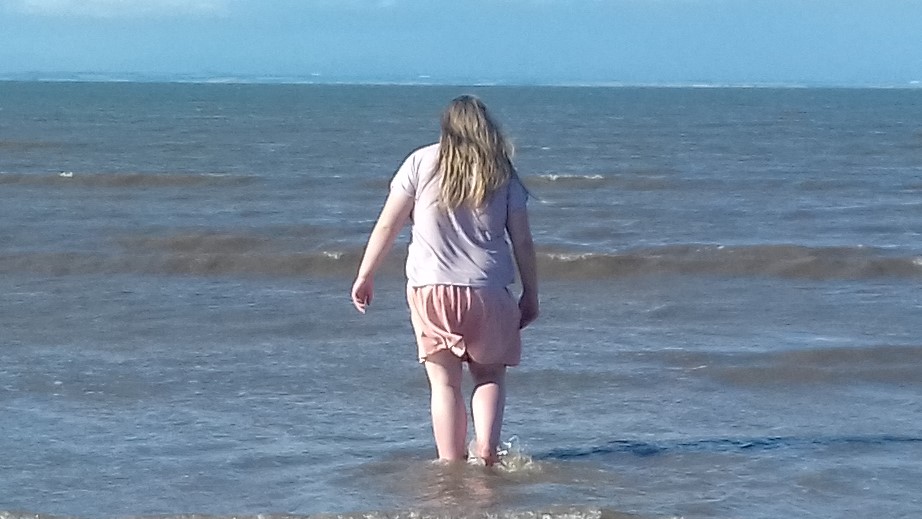
Now this may not seem like a big deal. Surely, it’s not that serious? Well, maybe some days it wouldn’t be. But some days it is.
As I collected my daughter’s clothes for school that morning from the utility room I noticed that her blue T-Shirt wasn’t there. My heart sank. Tuesdays was a blue day. I looked at the small pile of washing by the machine and noticed it poking out from beneath the pile. Oh No! I looked at the time, hmm, might just have time if I just put on a rinse to freshen up.
I decided to give the green T-shirt a go too. So, Plan A – let’s go green today. Plan B – Well it’s in the wash and hopefully I can pop it in the drier for long enough before the bus comes. Plan C – Cancel the bus leaving more time and I will do the school run this morning. All this by 7.30am.
She comes down and instantly notices the green T-shirt. ‘Where’s my blue one?’ ‘Not quite ready’ I say, ‘but thought perhaps we could swap today and do blue tomorrow.’
‘No! It’s Tuesday. Today is BLUE.’
OK (that’s plan A out the window). ‘Well, it should be ready in time – let’s just get ready and we can swap it just before you leave.’
‘No! T-shirts go on first.’ I leave the room in the hope that she will process what has been said and get dressed. Five minutes pass and I go back to her. Still no movement. Time to try Plan C.
How about I cancel the bus and I take you in today? That would be fun. That will give us more time to get the blue T-shirt dry.
‘No! I want to go on the bus. You drive too slowly.’ She gestures the difference in my speed with that of the bus with her hands.
Today is not a day for flexible thinking. Today everything needs to be perfect. Today her anxiety levels are high and her sensitivity to the sensory world heightened. There have been lots of changes recently at school and she was communicating to me that she was not coping.
As a parent of 4 children on the spectrum it is something familiar to me. The link between anxiety levels, sensory difference and the rigidity and size of their world is clear. When anxiety is high their world shrinks; every little thing becomes a big thing. A study in 2016 (Neil et al, 2016) considered the links between ‘intolerance of uncertainty’, anxiety and sensory sensitivities. They found, that the more intolerant of ‘uncertainty’ the person with autism is the higher the anxiety and levels of sensory sensitivity. As the need for sameness, routine and predictability is a core part of autism, it is hardly surprising that this creates anxiety (and anxiety heightens the sensitivity to the sensory world). But what does it mean?
For me, it means that providing predictability which can reduce anxiety, allowing control over the things that they can have control and managing change sensitively. However, we also have to build tolerance to uncertainty and teach new skills to help them manage. I know that this is not always possible, but, if we can reduce the impact of change the anxiety naturally reduces and with that brings an ability to be more flexible in their thinking and more able to cope with some of the sensory differences. The size of their world increases and with that comes slightly more tolerance of uncertainty.
Reference: Neil, L., Olsson, N. C., & Pellicano, E. (2016). The relationship between intolerance of uncertainty, sensory sensitivities, and anxiety in autistic and typically developing children. Journal of autism and developmental disorders, 46(6), 1962-1973.


Reka Molnar Szantho